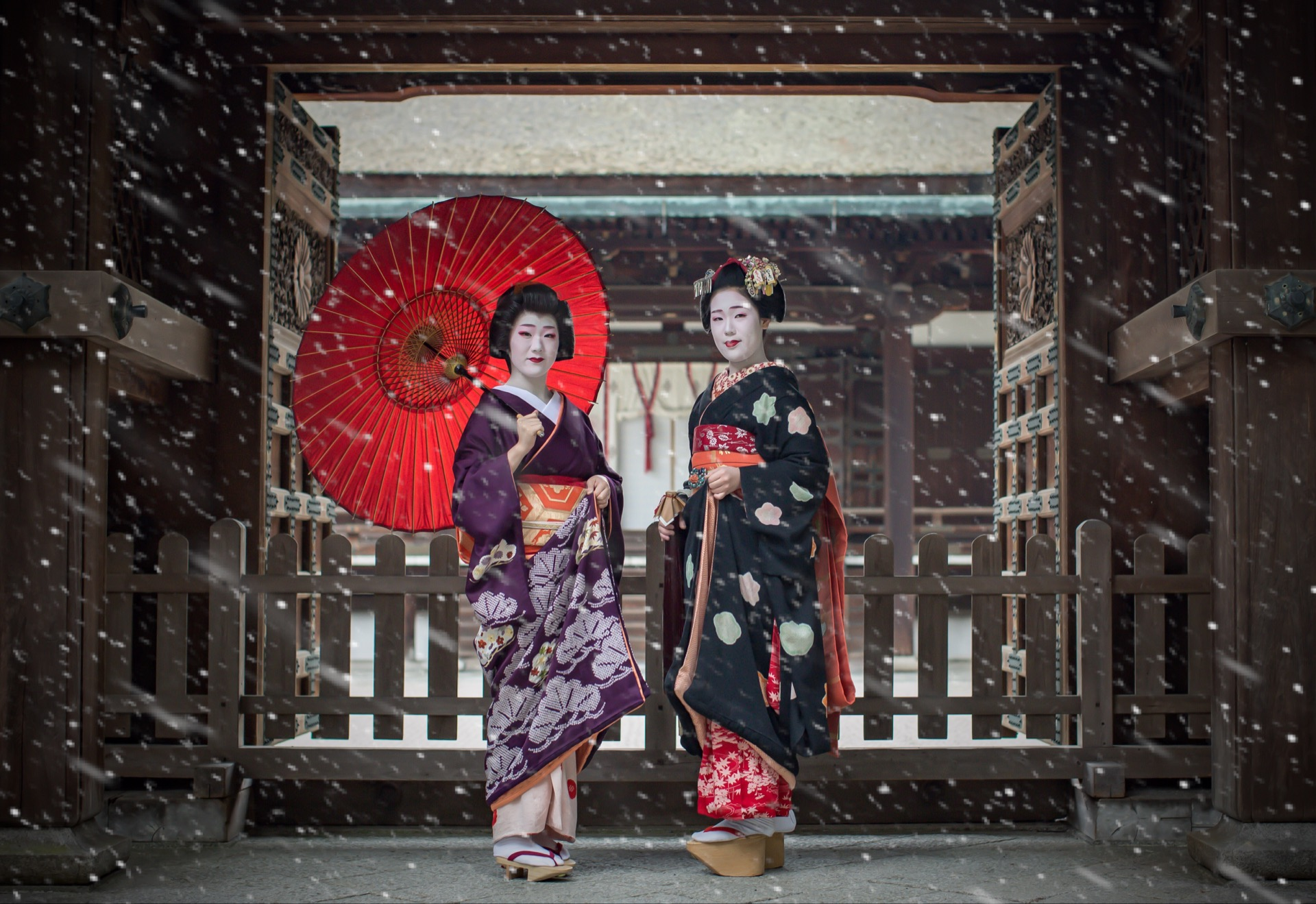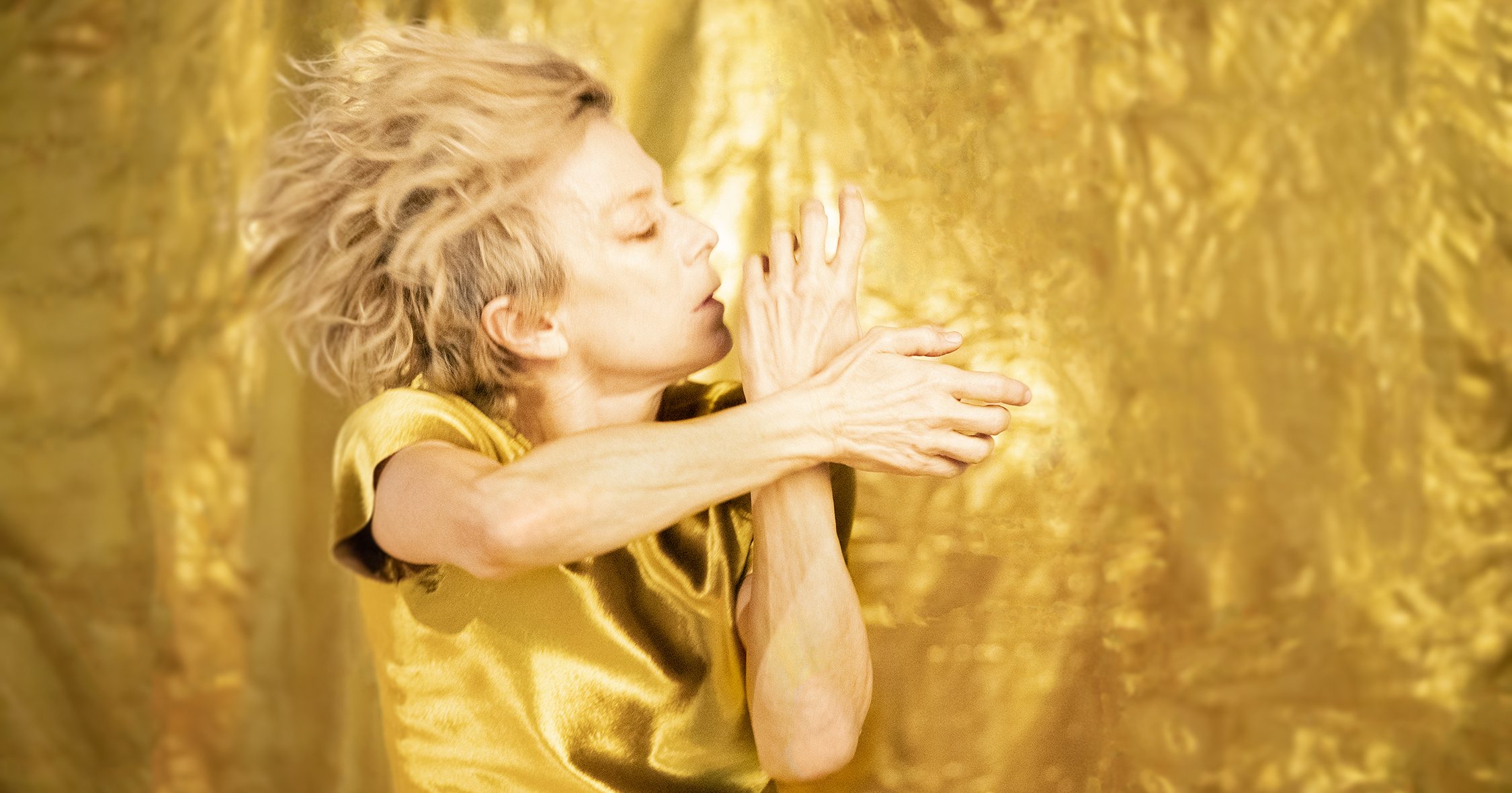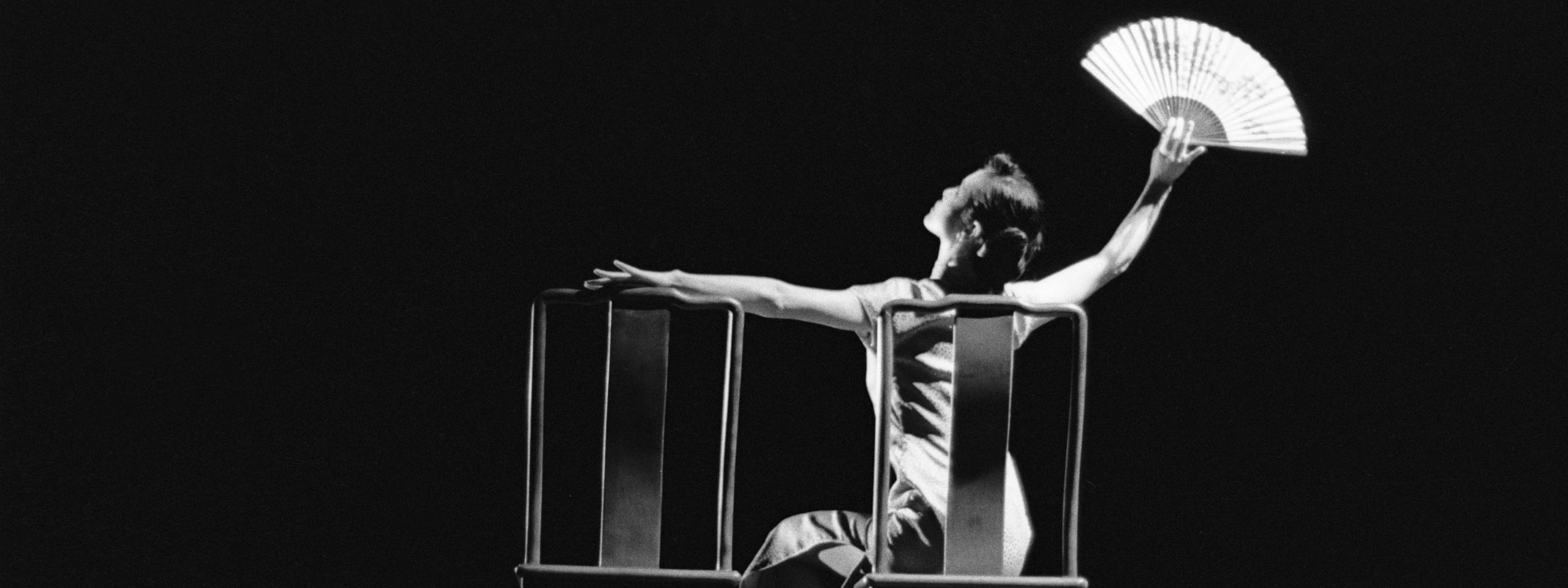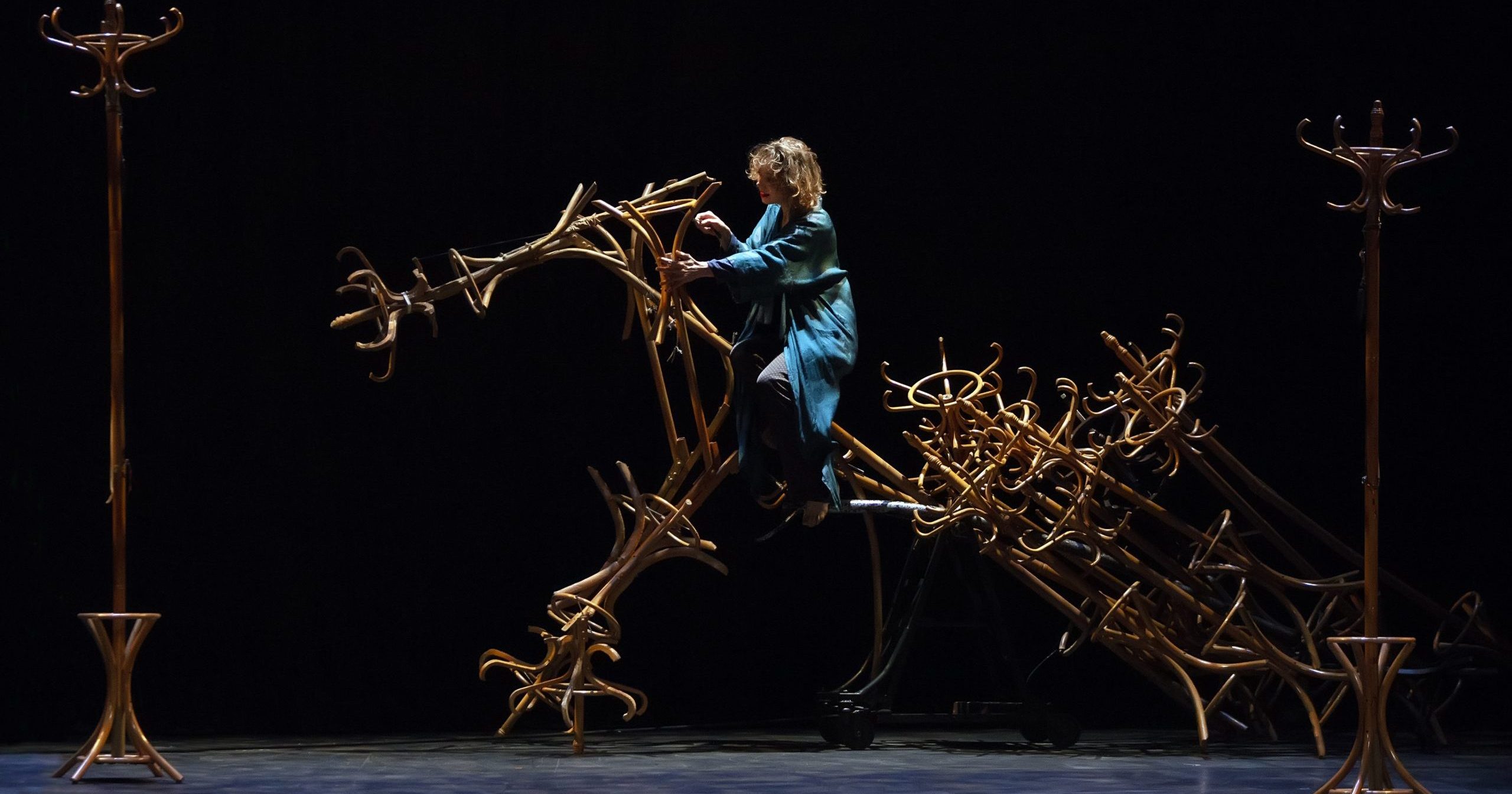In the heart of Kyoto, geisha glide across the stage, adorned in resplendent kimonos and moving as gracefully as butterflies. Their enchanting dancing captivates audiences, but the path to becoming a geisha is as challenging as it is beautiful. Tomitsuyu, born into a family steeped in the kimono business, felt the allure of traditional Japanese performing arts from a young age. She made the bold decision to join an okiya (a lodging house where a geisha lives throughout her career) and become a maiko (an apprentice geisha), dedicating herself to this demanding art form.
"Maiko undergo rigorous training in classical Japanese arts," Tomitsuyu tells FestMag. This includes learning skills related to the tea ceremony, singing, dancing and instruments such as the shamisen and Japanese bamboo flute. Beyond mastering these arts, geisha must also learn etiquette, customs, the Kyoto dialect and the art of entertaining guests.
Tomitsuyu says her five years as a maiko were demanding. Days typically began at 8am or 9am, followed by a full schedule of lessons. Evenings were reserved for attending banquets at teahouses or ryōtei. Her busy schedule left little room for typical leisure activities. "There was so much to learn; we were always occupied," says Tomitsuyu, who will be performing at the 2025 HKAF programme Nagauta and Geisha: Treasured Traditions of Japan. "We hardly had time for phones or the internet."
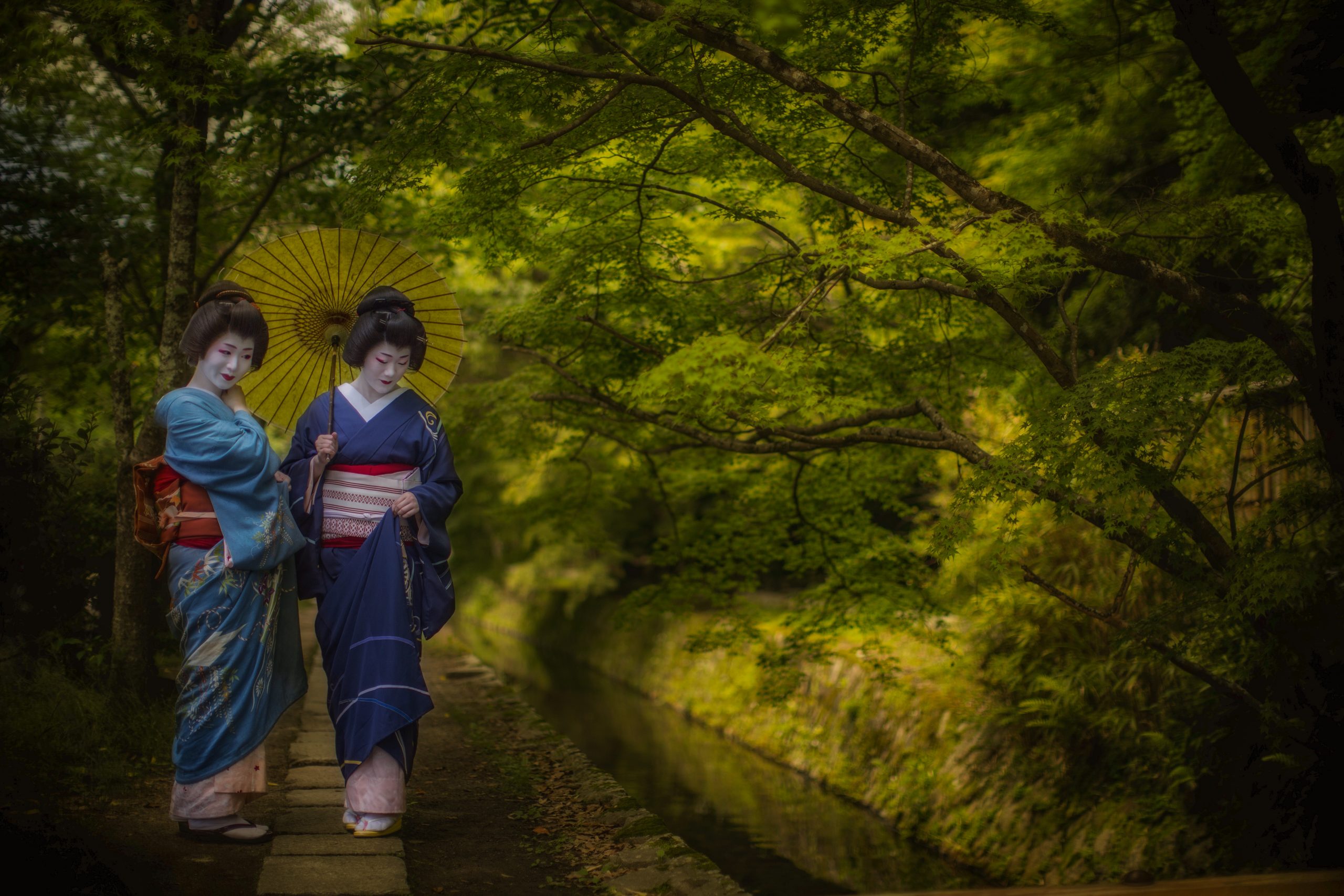
Not everyone can endure the rigorous training. Tomitsuyu admits she initially struggled with the traditional group lifestyle and missed her family. "Geisha are always perfectly groomed and poised. Behind the makeup, they strive for perfection. I realised that being a geisha is more than just a job; it's a way of life."
Twelve years ago, Tomitsuyu completed her training and earned the approval of her okāsan (mentor) and oneesan (senior geisha), marking her transition to a geiko (the Kyoto term for geisha) in the erikae (the turning of the collar) ceremony. This signified the end of her years as a maiko, with her red kimono collar replaced by a white one, her hairstyle changed to sakkō and her teeth blackened. As geisha cannot marry, erikae also serves as a symbolic bridal ceremony.
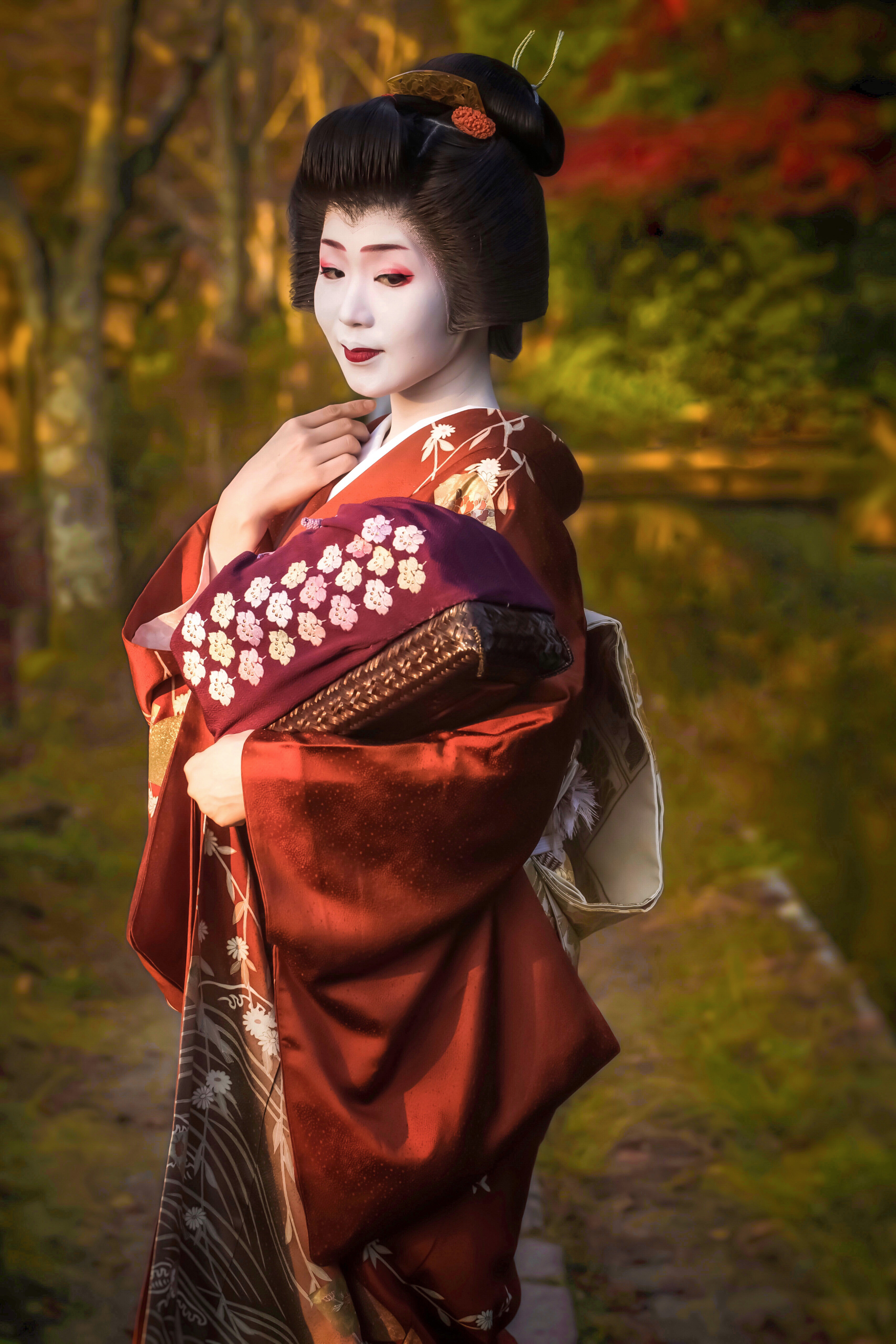
Reflecting on her journey, Tomitsuyu experiences a swirl of emotions. "I was happy, but also sad to leave my maiko days behind. The pressure of becoming a full-fledged geisha was immense. The night before the ceremony, as my okāsan and oneesan took down my hair and cut a piece off, memories flooded back and I couldn't help but cry."
The passage of time has inevitably impacted geisha culture and there are now only around 200 geisha remaining in Kyoto. Tomitsuyu acknowledged the decline of the geisha profession. "Being a geisha is a way of life. Every gesture, every expression must adhere to tradition. Unless you truly love this art, it's difficult to continue."
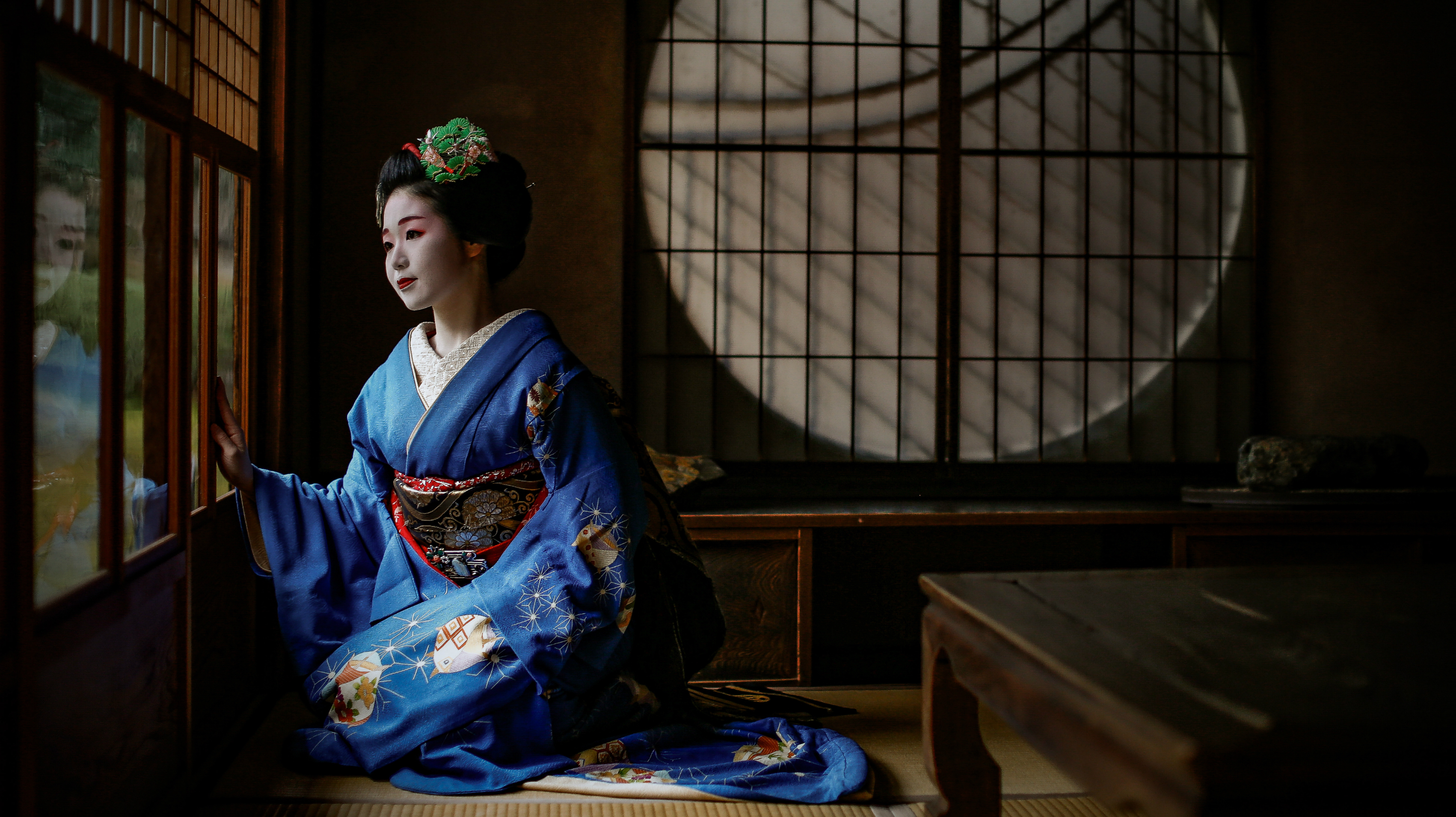
The Legacy of Geisha
The history of geisha dates back to the 17th century at Kyoto's Yasaka Shrine. Establishments known as mizu-chaya served tea and sweets to pilgrims. Female servers, called chagumi or chatate girls, entertained guests with songs and dances. As these teahouses prospered, owners began rigorous training for their servers, laying the foundation for the rich geisha culture we see today.
Nagauta and Geisha: Treasured Traditions of Japan
Date: Mar 3-4 and 7-8, 2025
Venue: Theatre, Hong Kong City Hall and Xiang Hai Xuan, Nan Lian Garden


